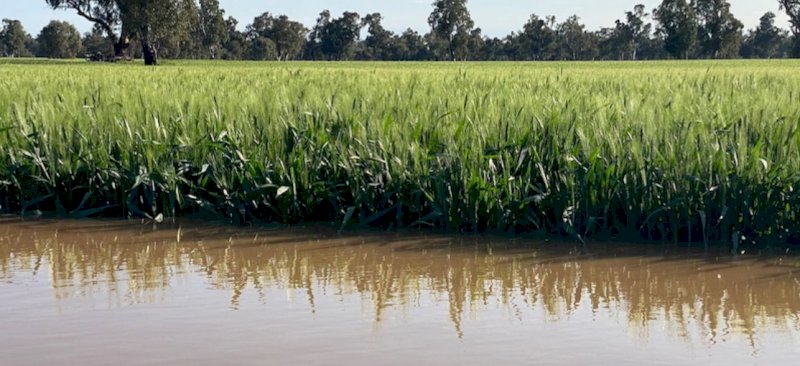AWB - Rain delays and quality concerns
- By: "Farm Tender" News
- Cropping & Grain News
- Oct 28, 2022
- 384 views
- Share

Not a member of Farm Tender yet? Join the others and register here.
By James Urquhart - AWB
The east coast of Australia has endured another brutal week on the weather front, with El Nino seemingly increasing in ferocity in its third consecutive season. The nation’s thoughts are with those whose homes and businesses are impacted by the floodwaters, and for the farming families who have been dealt this devastating blow on the doorstop of harvest.
For grain markets the inclement weather brings great uncertainty, harvest delays, logistical issues - both on-farm and off - and raises questions around grain quality. For those in a position to capitalise, therein lies possible marketing opportunities.
The market’s concern over the prospects of the Australian wheat quality profile is clearly demonstrated by the ASX wheat futures chart, showing the January contract peaking at a record $500 AUD per tonne last week. The ASX contract is for minimum APW1 quality and can provide a hedge for domestic flour millers nervous about the quality of impending wheat harvest as well as certainty of deliverable grades that a multigrade from the grower cannot offer.
Domestic demand for milling wheat is relatively inelastic and the export sales made up to this point in time will be for predominantly feed quality wheat. So whilst heightened premiums for milling wheat are very likely, they may only last only as long as it takes to fill that domestic requirement before returning to more traditional market spreads.
Similarly, malt barley premiums are also moving higher as maltsters look to shore up supply as the likely percentage of malting quality barley dwindles with each passing shower. Again, like milling wheat – expect malt premiums to be volatile until demand is met, or at least until crop quality sentiment changes or alternative supplies are found to solve the supply issue.
On the other hand, burdened with a significant carryout, the canola crop can afford to lose tonnes and still have enough to meet the domestic crush and projected export demand. Quality may again rear its head and whilst last harvest the industry managed to handle a significant volume of weather damaged canola, the feeling is that this year the threat could be more widespread and impact a greater percentage of a larger east coast canola crop.
In the near term, marketing opportunities will inevitably arise from the delayed harvest and domestic homes looking to cover immediate shorts. Logistics bottlenecks and a heavily delayed shipping stem will also provide short-lived opportunities, however once the harvest starts to hit the bin we need to continue to find export demand and without any further deterioration in the Black Sea situation or other disruption to world trade flows, it is difficult to see a sustained push higher.
It’s often said there’s more money in mud than dust, but dare I say it, I think most east coast grain producers would welcome a break from the rain.










Share Ag News Via